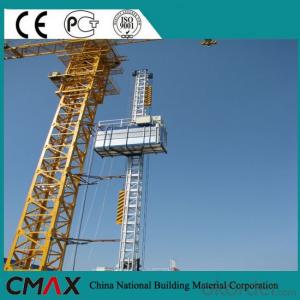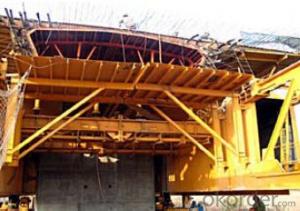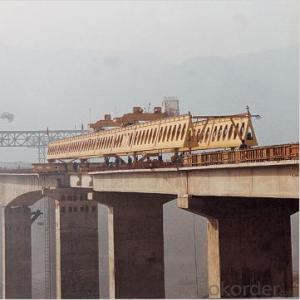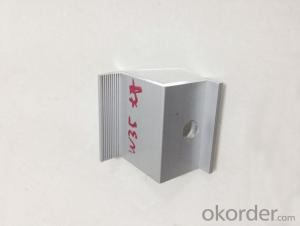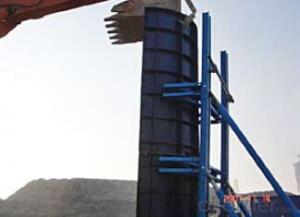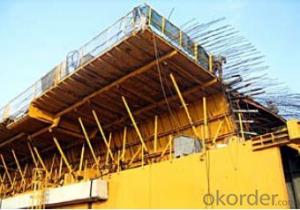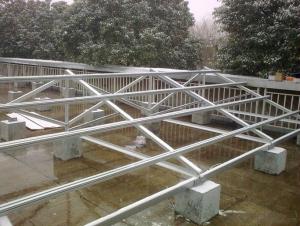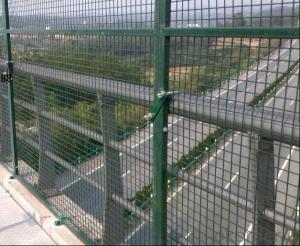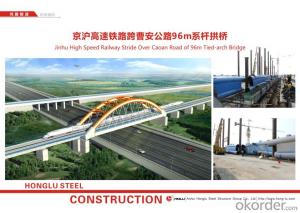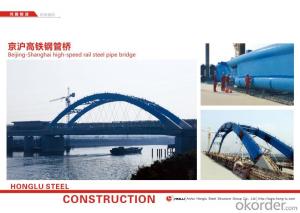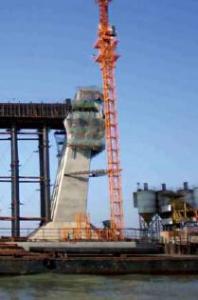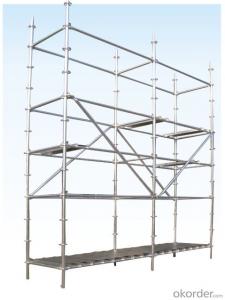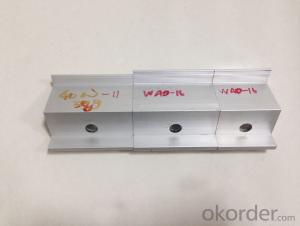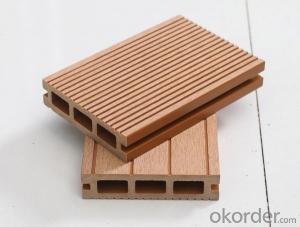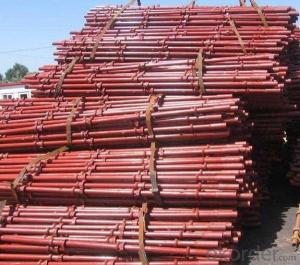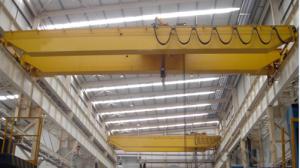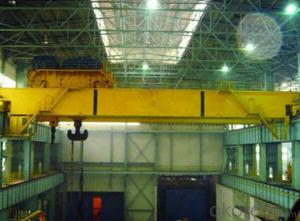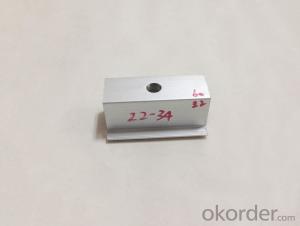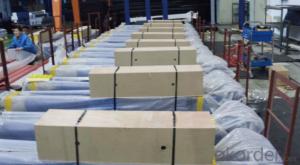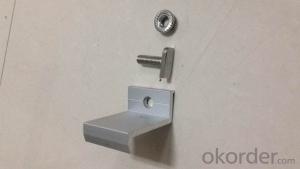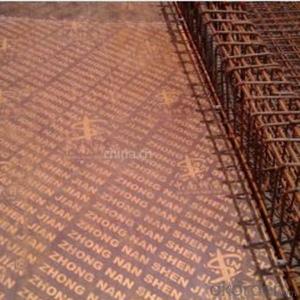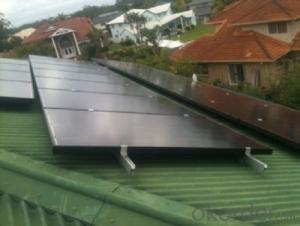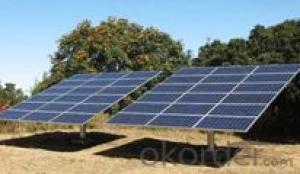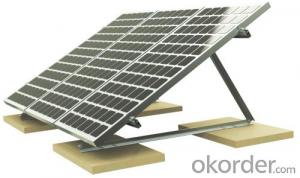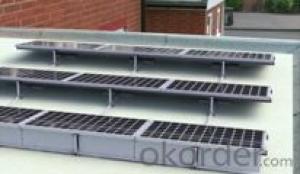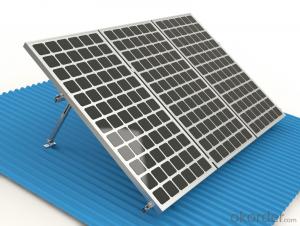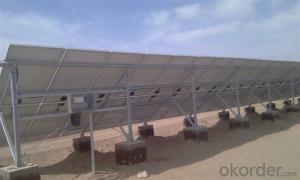Dayton Superior Bridge Overhang Brackets
Dayton Superior Bridge Overhang Brackets Related Searches
Power Generation For Dummies Inverter In Solar Power Plant Plastic Profiles Bamber Bridge Power Systems Free Shipping Power Cord Plug Replacement Power Generation Distribution Hydrogen Power Generation Power Electronics Inverters Single Span Bridge Simple Beam BridgeHot Searches
Upvc Roofing Sheet Manufacturer In India Roofing Materials Price List Roofing Iron Prices Cost To Waterproof A Basement Waterproof Plywood Cost Waterproof Mdf Suppliers Geogrid Material Suppliers Buy Roofing Sheets Online Grp Roofing Prices Geotextile Membrane Suppliers Breathable Roofing Felt Prices Roofing Tar Prices Bitumen Roofing Felt Suppliers Roofing Resin Suppliers Plant Troughs For Sale Plant Baskets WholesaleDayton Superior Bridge Overhang Brackets Supplier & Manufacturer from China
Okorder.com is a professional Dayton Superior Bridge Overhang Brackets supplier & manufacturer, offers integrated one-stop services including real-time quoting and online cargo tracking. We are funded by CNBM Group, a Fortune 500 enterprise and the largest Dayton Superior Bridge Overhang Brackets firm in China.Hot Products
FAQ
- One disadvantage of using a roof-mounted solar system is the potential for damage to the roof during installation or maintenance. The installation process may require drilling holes into the roof, which can compromise its structural integrity and lead to leaks or other issues. Additionally, accessing the solar panels for cleaning or repairs may require working at heights, posing a safety risk for homeowners or maintenance workers. Furthermore, roof-mounted systems are often limited by the available roof space and orientation, which can affect their efficiency and overall energy production. Finally, if the homeowner decides to move, removing the solar panels and re-installing them on a new roof can be time-consuming and costly.
- Yes, a solar mounting system can be used with solar-powered environmental monitoring systems. The solar mounting system provides the necessary support and structure for installing solar panels, which generate power for the monitoring systems. This enables the monitoring systems to operate independently and efficiently without relying on external power sources.
- No, a solar mounting system cannot be used with solar-powered interstellar travel. Interstellar travel requires advanced propulsion systems that can generate enormous amounts of energy, far beyond what solar panels can provide.
- Yes, solar mounting systems can be installed on buildings with limited access or difficult terrain. There are various types of solar mounting systems available that can be customized and adapted to different building structures and terrains. These systems are designed to overcome challenges such as limited space, roof angles, or uneven ground by utilizing adjustable and versatile mounting components. Additionally, professional solar installers can assess the site conditions and propose suitable solutions to ensure successful installation even in challenging locations.
- The expected reduction in carbon emissions with a solar mounting system installation depends on several factors, including the size of the solar system, the location, and the energy consumption of the property. However, on average, a solar mounting system can reduce carbon emissions by around 2 to 4 tons per year for a typical residential installation.
- What are the characteristics of the hydraulic support hydraulic system?
- The system of the solenoid valve, but also consider the system of the media, because it is not flammable; second, in these places must ensure that the equipment in the absence of power in the case will not happen, such as hydraulic cylinder return, hydraulic motor
- Yes, there are maintenance requirements for a solar mounting system. Regular inspections should be conducted to ensure the system is properly aligned, the fasteners are secure, and there are no signs of damage or wear. Additionally, it is necessary to clean the solar panels periodically to remove dirt, debris, or any other obstructions that may reduce their efficiency.


